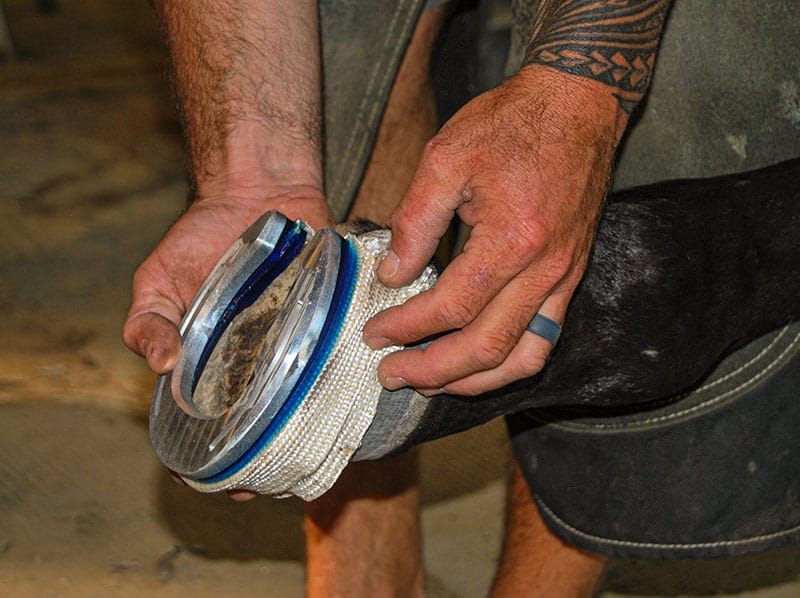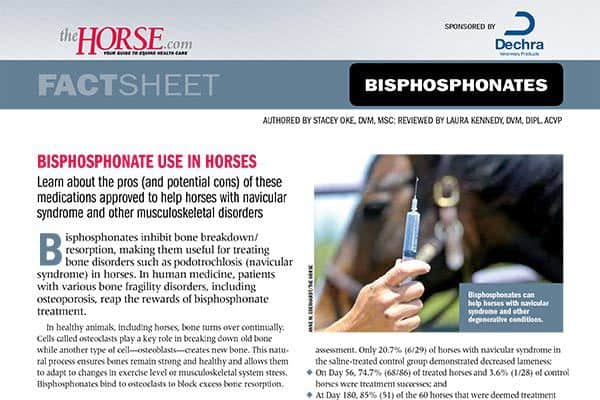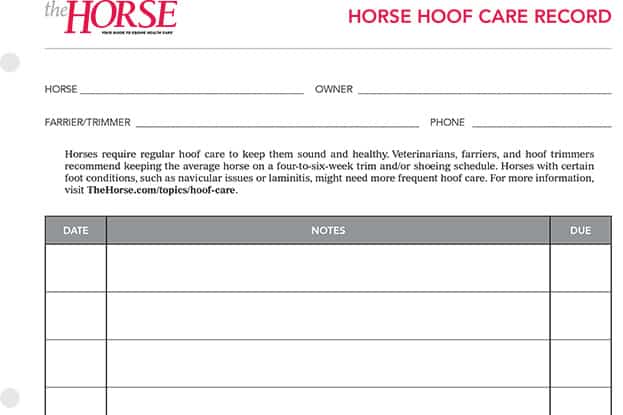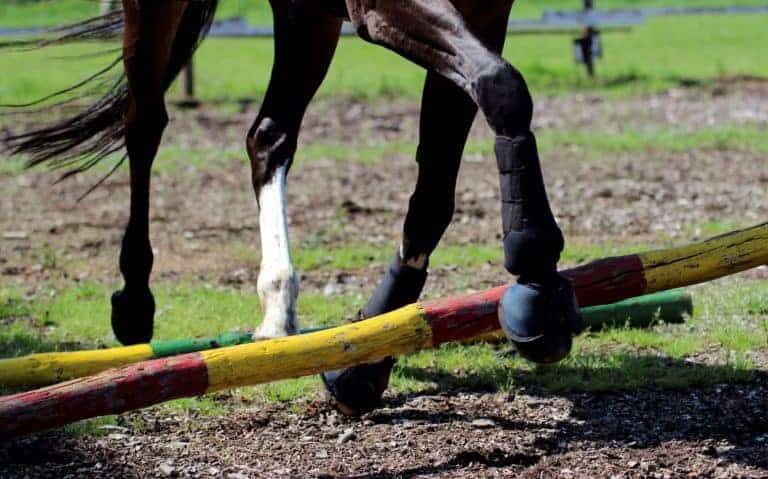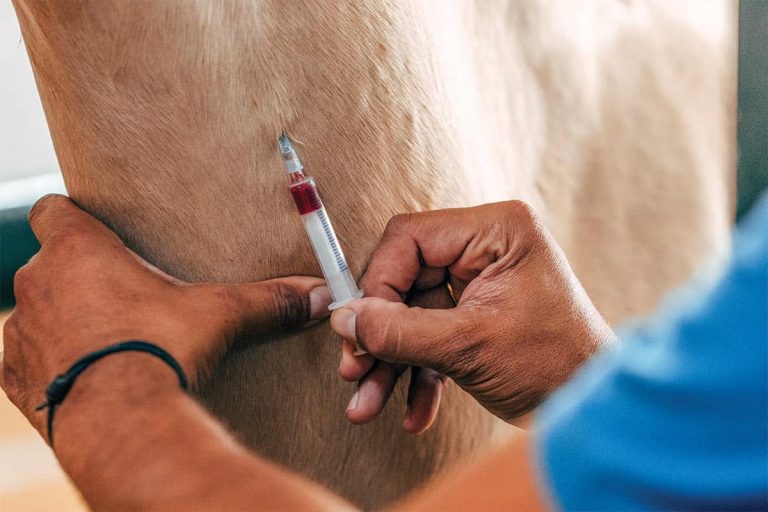
PPID and Laminitis in Horses: What’s the Relationship?
It still isn’t clear how PPID leads to insulin issues and subsequent laminitis. But vets and researchers do know that, regardless of how PPID horses develop insulin dysregulation, having both conditions leads to a poorer prognosis than having either alone.





